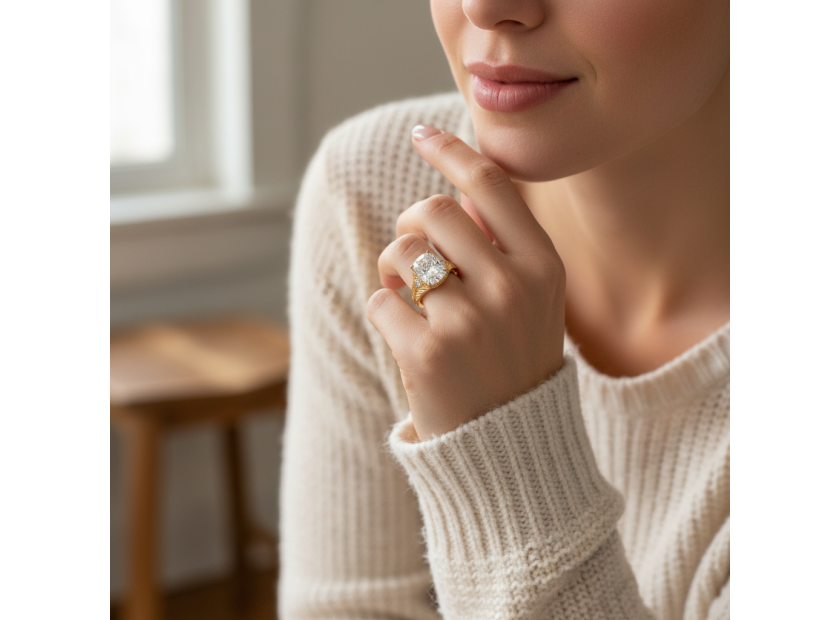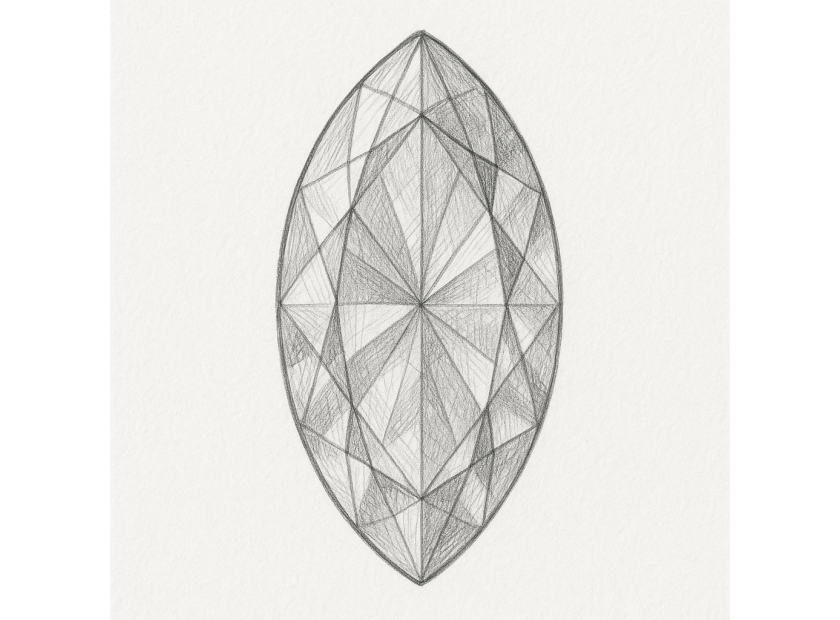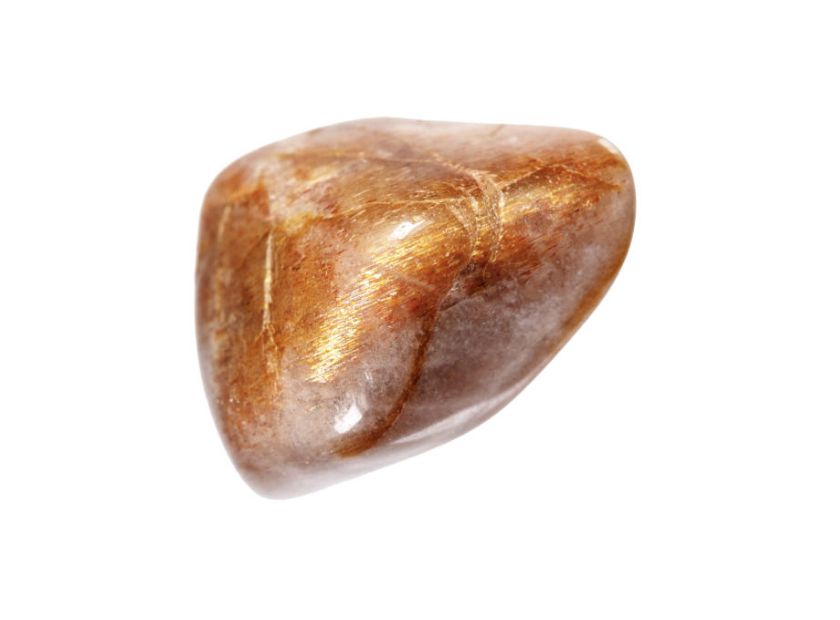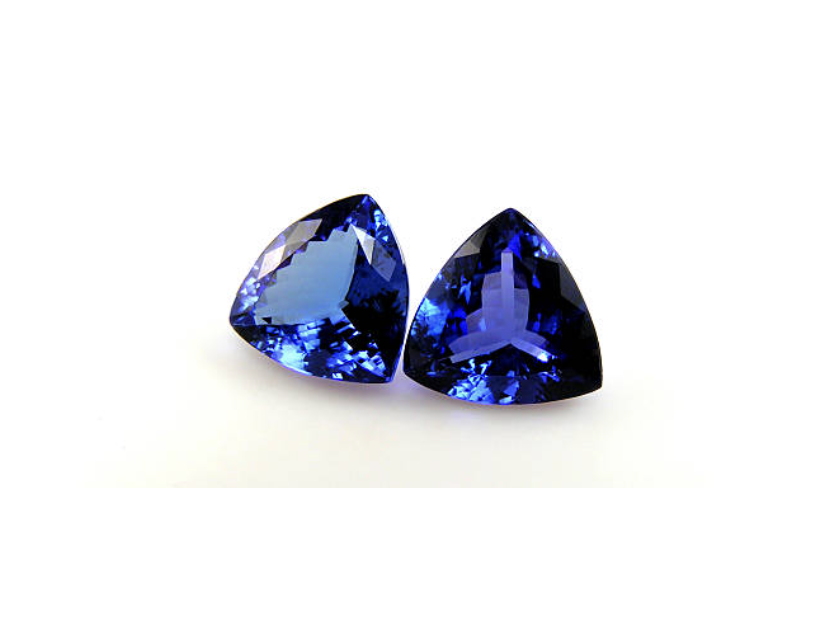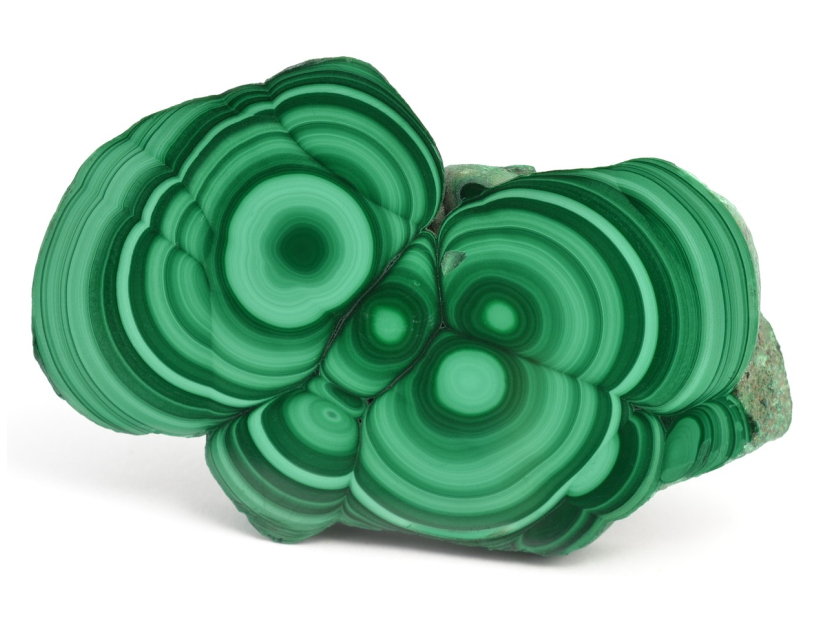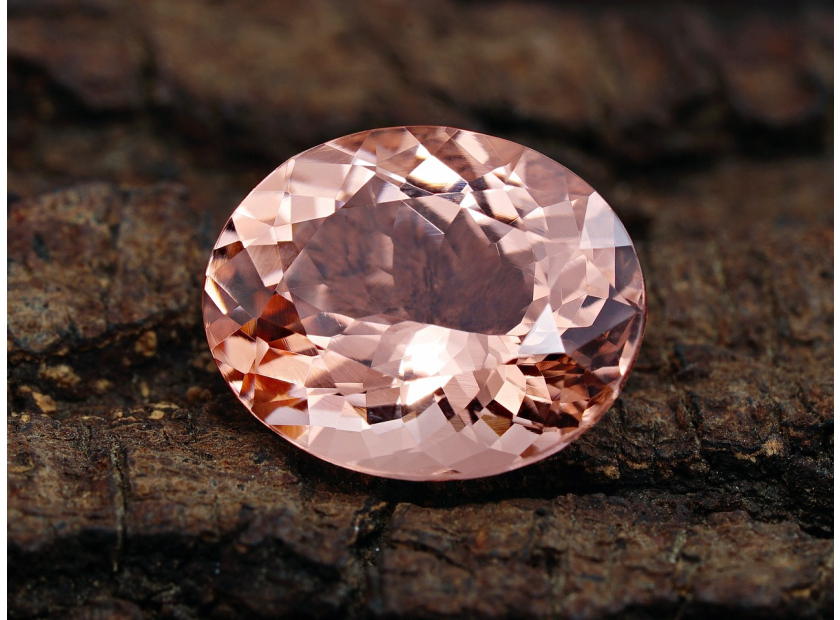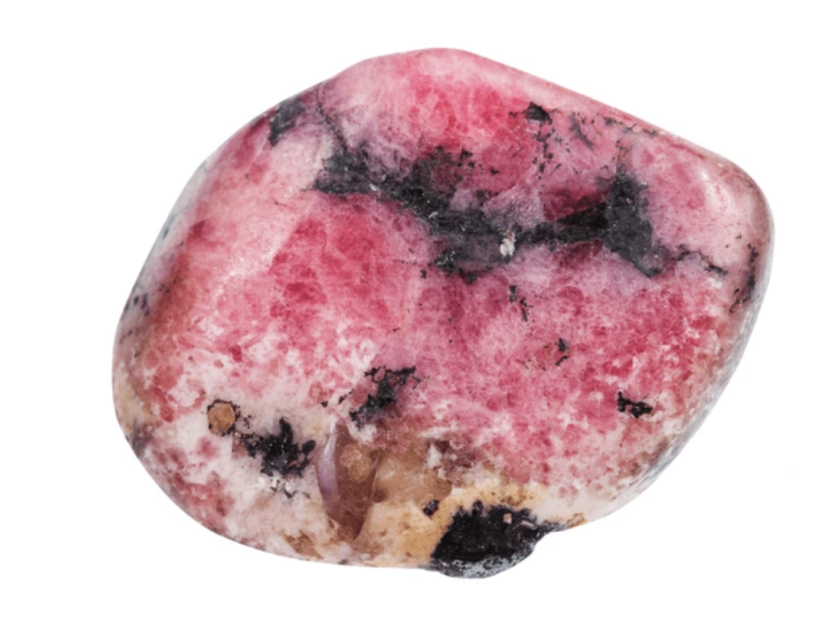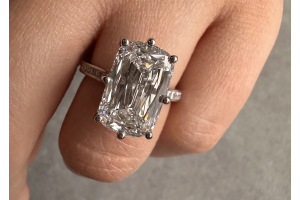GBP
/
GBP
/
Shipping to:
Currency:
BLOG | Engagement Rings & Wedding Rings | Reve Diamonds
-
Posted: October 31, 20253 min readRead More
November 2025, London — According to exclusive research by Rêve Diamonds, the average spend on an engagement ring in the United Kingdom has dropped from
-
Read More
When celebrating a significant wedding anniversary, a diamond tennis bracelet is one of the most timeless and meaningful gifts you can give. Elegant, versatile,
-
Posted: September 10, 20253 min readRead More
Diamonds come in an array of cuts, each designed to bring out the brilliance, fire, and character of the stone. Among the most intriguing of these is the
-
Posted: September 10, 20252 min readRead More
In the world of diamonds, certain cuts transcend fashion and become true icons of craftsmanship. The Ashoka cut diamond is one such treasure. Recognised
-
Read More
Sunstones are captivating gemstones celebrated for their shimmering, sun-like appearance.
However, with the market awash with imitations, it's crucial
-
Read More
When it comes to choosing between iolite and tanzanite, many jewellery enthusiasts find themselves puzzled.
Both gemstones exhibit captivating blue and
-
Read More
Malachite is a captivating green gemstone, cherished for its rich hues and distinctive banded patterns.
However, its popularity has led to a surge in imitations.
-
Read More
When selecting the perfect pink gemstone, morganite and kunzite often top the list.
-
Read More
Rhodonite is a captivating gemstone cherished for its distinctive pink hues and striking black veining.
Whether you're a jewellery enthusiast, a collector,



